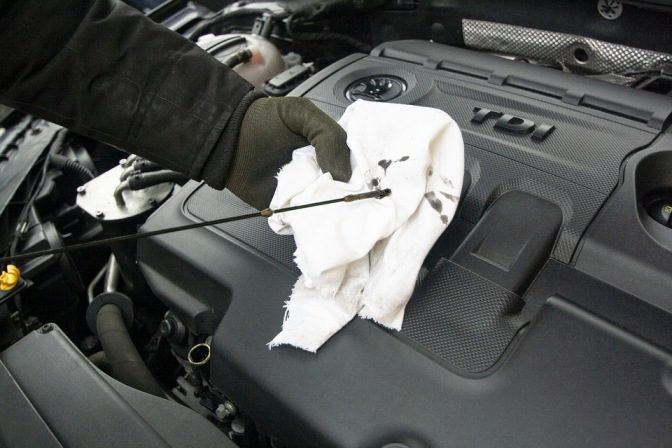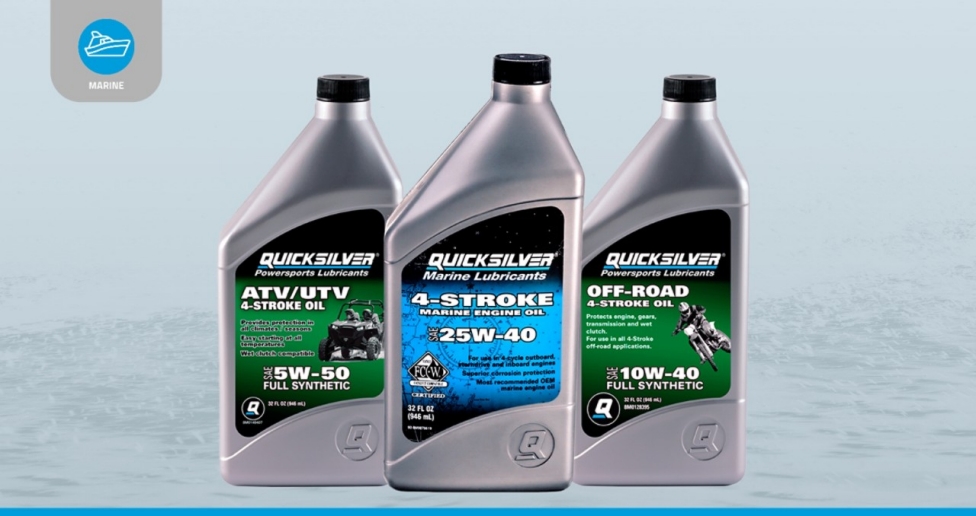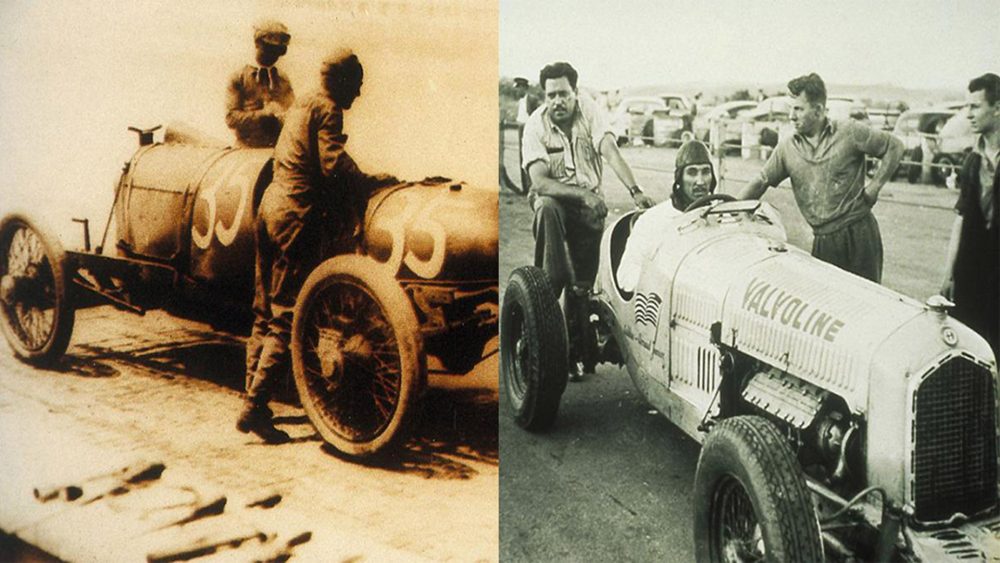As a responsible car owner, it’s crucial to understand the maintenance requirements of your vehicle. One essential aspect of car maintenance is regularly checking and topping up the engine oil. But how often should you top up your engine oil? In this blog post, we will answer this common question and provide you with all the information you need to know.

Credit: alohaautorepairtx.com
Factors That Affect Oil Levels
Several factors can affect the oil levels in your car’s engine. The most common factors include:
- Oil Consumption: A well-maintained engine should not require frequent oil top-ups between service intervals. However, over time, the engine may consume small amounts of oil.
- Leakages: If your car has oil leaks, it can lead to a decrease in oil levels. Regularly inspect your vehicle for any signs of oil leaks, such as oil spots under the car or a burning oil smell.
- Oil Degradation: Engine oil can degrade over time, which may lead to a slight drop in oil levels between oil changes. However, this drop should not be significant.
Manufacturer’s Suggested Maintenance Schedule
It’s essential to follow your car manufacturer’s suggested maintenance schedule when it comes to oil changes. This schedule indicates the recommended interval for changing the oil based on factors such as mileage and driving conditions. By adhering to this schedule, you ensure that the engine is properly lubricated and protected.
When to Check Engine Oil
Regularly checking the engine oil level is crucial to ensure optimal engine performance and longevity. It is recommended to check the oil level every couple of weeks or at least once a month. Additionally, you should check the oil level before long trips to ensure that your engine has an adequate oil supply.

Credit: www.toyotaoforlando.com
How to Check and Top Up Engine Oil
Checking and topping up engine oil is a relatively simple process. Here’s a step-by-step guide:
- Park your car on a level surface and turn off the engine.
- Locate the oil dipstick, usually, it is labeled with a bright-colored handle.
- Carefully pull out the dipstick and wipe it clean with a cloth or paper towel.
- Insert the dipstick back into the tube fully and then pull it out again.
- Observe the oil level markings on the dipstick. It typically indicates “MIN” (minimum) and “MAX” (maximum) levels.
- If the oil level is below the “MIN” mark or close to it, it’s time to top up the oil.
- Refer to your vehicle’s user manual to determine the correct oil type and viscosity.
- Open the hood of your car and locate the oil filler cap.
- Slowly pour the recommended oil into the oil filler opening, taking care not to overfill.
- Check the oil level again using the dipstick and ensure it is between the “MIN” and “MAX” marks.
- Securely replace the oil filler cap and close the hood of your car.
Remember, it’s essential not to overfill your engine with oil. Overfilling can lead to various mechanical issues and might even cause engine damage.
Conclusion
Topping up engine oil is an important part of maintaining your car’s engine health and performance. While a well-maintained engine should not require frequent oil top-ups between service intervals, it is essential to monitor the oil levels regularly. By following your manufacturer’s suggested maintenance schedule and performing regular oil checks, you can ensure that your engine stays properly lubricated and protected.
Read More:


